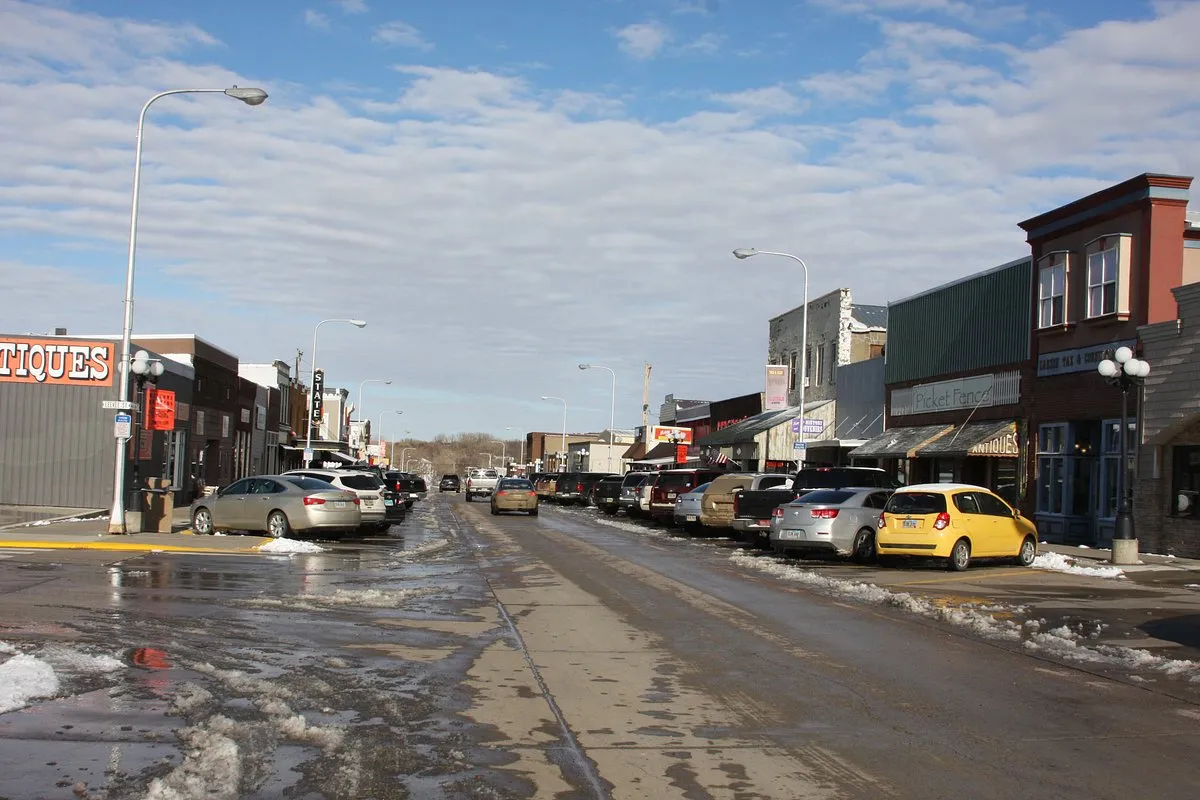South Dakota, known for its rolling prairies, Mount Rushmore, and the untamed Badlands, offers a unique blend of small-town charm and wide-open spaces. However, like any state, it has places with significant challenges. This article will not simply list cities but delve into the reasons behind why these locations might be considered less desirable and offer a balanced perspective for those considering life in South Dakota.
Methodology
This article considers several factors to determine less desirable places to live in South Dakota:
- Crime Rates: Data from the FBI’s Uniform Crime Reporting Program, local law enforcement, and credible crime analysis websites are utilized to highlight areas with higher crime occurrences. Both violent and property crimes are considered.
- Economic Opportunity: Unemployment rates, median household income, job availability, and growth potential are examined using data from the Bureau of Labor Statistics and state economic reports.
- Cost of Living: The affordability of housing, food, transportation, and utilities compared to income levels are analyzed.
- Education: High school graduation rates, school rankings, and access to quality higher education play a role in the assessment.
- Amenities and Quality of Life: The availability of parks, recreational activities, healthcare facilities, cultural attractions, and overall community desirability are considered.
City Overviews
1. Pine Ridge Indian Reservation
- Challenges: The Pine Ridge Indian Reservation consistently faces severe challenges in areas including poverty, unemployment, crime, substance abuse, and limited healthcare access. These issues stem from historical trauma, lack of economic opportunity, and systemic problems that have plagued the reservation for generations.
- Statistics: Pine Ridge has significantly higher poverty and unemployment rates than South Dakota statewide averages and concerning levels of violent crime.
- Mitigating Factors: There’s a strong sense of community among residents, efforts at revitalization, and a rich cultural heritage.
2. Mission
- Challenges: Located on the Rosebud Indian Reservation, Mission shares similar struggles as Pine Ridge, including high poverty and unemployment, along with substandard housing and infrastructure issues.
- Statistics: Crime rates on the reservation, including in Mission, are higher than the South Dakota average.
- Mitigating Factors: Residents have access to tribal support programs, and the area holds cultural significance for the Lakota people.
3. Martin
- Challenges: Martin suffers from economic decline and a shrinking population. Limited job opportunities and a lack of essential amenities present challenges for residents.
- Statistics: Poverty rates are higher than the state average, and a lack of growth prospects contributes to the difficulties.
- Mitigating Factors: Martin’s close proximity to the Badlands could offer tourism potential. Its small-town atmosphere may be appealing to some.
4. Rapid City
- Challenges: While Rapid City is a regional hub, it also experiences higher crime rates (particularly property crime), homelessness, and wealth disparity compared to other South Dakota cities.
- Statistics: Crime statistics consistently rank Rapid City above the state average, especially for property crime.
- Mitigating Factors: Rapid City offers employment, educational resources, and attractions that are less available in smaller towns.
5. Sisseton
- Challenges: Located on the Lake Traverse Reservation, Sisseton experiences economic limitations, with challenges including high unemployment rates and limited job growth.
- Statistics: Sisseton suffers from unemployment rates markedly higher than the state average.
- Mitigating Factors: The community has a strong cultural identity linked to the Sisseton Wahpeton Oyate tribe, and its location near lakes provides recreational opportunities.
Important Considerations
- The Subjectivity of “Worst”: What makes a place “bad” to live in is subjective. Someone seeking wide-open spaces and a slower pace of life might find a small town with limited amenities quite appealing. City dwellers may find larger places with more crime less desirable. Factors like family ties and job prospects can outweigh other concerns.
- Potential for Improvement: Cities can change over time. Investments in infrastructure, education, or economic revitalization can significantly impact a location’s quality of life. It’s essential to consider the trajectory of a community when making long-term decisions about where to live.
Conclusion
South Dakota is a beautiful and diverse state with much to offer. However, it’s crucial to be aware of the challenges present in certain areas. This article intended not to merely condemn these places, but to provide potential residents with realistic expectations and the factors to weigh when considering a move to South Dakota.
It’s important to remember that every town has positives; communities are made of people with deep pride and resilience. Understanding the factors that create disadvantage can foster constructive dialogue, aid in resource allocation, and help those struggling in these places.
Sources
- FBI Uniform Crime Reporting Program: https://ucr.fbi.gov/
- South Dakota Bureau of Labor Statistics: https://dlr.sd.gov/lmic/
- South Dakota Department of Education: https://doe.sd.gov/
- Niche School Rankings: https://www.niche.com
- Websites focusing on crime data and analysis (examples: [invalid URL removed], [invalid URL removed], etc.)
Note: When using data-driven websites, be aware of their methodology, potential biases, and whether their rankings are based on raw numbers or comparisons adjusted for population size, etc.



